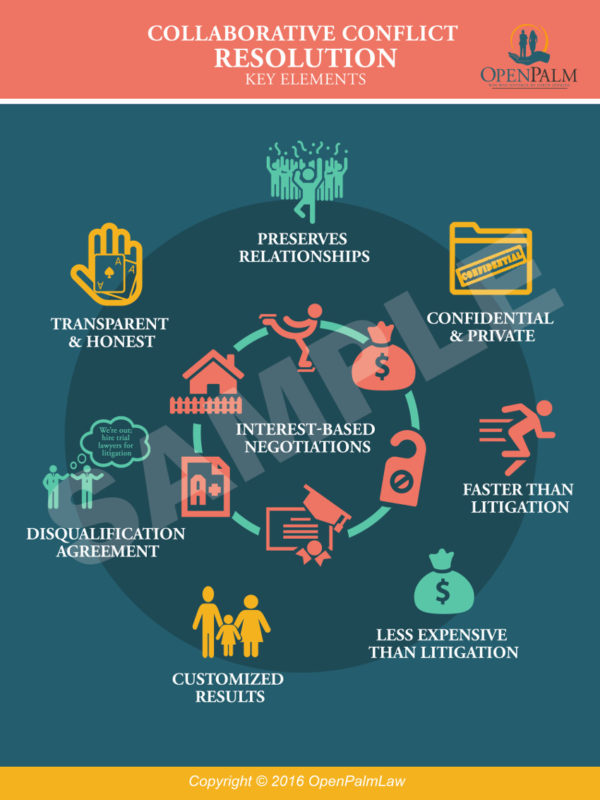
LinkedIn respects your privacy
1) Hardening of positions but still belief in discussion to resolve conflict; 2) Debate, polemics and polarisation; 3) Actions not words, danger of false interpretation; 4) Images and coalitions as the parties see the other in negative roles and fight these · Six Key Elements for Successful Conflict Resolution in Projects 1. A Structured win-win Procedure. All conflicts have common elements and so the first step is to establish a procedure 2. Remain Calm and Impartial. This is central to conflict resolution. It will avoid escalation and anger Conflict Resolution Training (CRT) and refresher training to all frontline staff. Key Elements: The course will cover: 1 Verbal & Non-verbal communication skills 2 Recognising warning signs 3 Cultural Awareness 4 De-escalation techniques Objectives: By the end of the training the learners will be able to: 1 Describe common causes of conflict

Hi, we are Happy
Conflict Resolution Training (CRT) and refresher training to all frontline staff. Key Elements: The course will cover: 1 Verbal & Non-verbal communication skills 2 Recognising warning signs 3 Cultural Awareness 4 De-escalation techniques Objectives: By the end of the training the learners will be able to: 1 Describe common causes of conflict · Understand others’ motivations and needs: Identify key decision makers, listen, check perceptions, observe, and use your network to help segment your audience (the people you need to influence) according to the degree of alignment, i.e., how closely you think others agree with your agenda, and the quality of the relationship and trust in you · Here is the conflict resolution process in five steps. Step 1: Define the source of the conflict. The more information you have about the cause of the problem, the more easily you can help to resolve it

More articles by this author
1) Hardening of positions but still belief in discussion to resolve conflict; 2) Debate, polemics and polarisation; 3) Actions not words, danger of false interpretation; 4) Images and coalitions as the parties see the other in negative roles and fight these · Here is the conflict resolution process in five steps. Step 1: Define the source of the conflict. The more information you have about the cause of the problem, the more easily you can help to resolve it · Understand others’ motivations and needs: Identify key decision makers, listen, check perceptions, observe, and use your network to help segment your audience (the people you need to influence) according to the degree of alignment, i.e., how closely you think others agree with your agenda, and the quality of the relationship and trust in you

What is conflict?
1) Hardening of positions but still belief in discussion to resolve conflict; 2) Debate, polemics and polarisation; 3) Actions not words, danger of false interpretation; 4) Images and coalitions as the parties see the other in negative roles and fight these · Understand others’ motivations and needs: Identify key decision makers, listen, check perceptions, observe, and use your network to help segment your audience (the people you need to influence) according to the degree of alignment, i.e., how closely you think others agree with your agenda, and the quality of the relationship and trust in you Conflict Resolution Training (CRT) and refresher training to all frontline staff. Key Elements: The course will cover: 1 Verbal & Non-verbal communication skills 2 Recognising warning signs 3 Cultural Awareness 4 De-escalation techniques Objectives: By the end of the training the learners will be able to: 1 Describe common causes of conflict

Effective Workplace Conflict Resolution
Explosive, angry, hurtful, and resentful reactions. Calm, non-defensive, and respectful reactions. The withdrawal of love, resulting in rejection, isolation, shaming, and fear of abandonment. A readiness to forgive and forget, and to move past the conflict without holding resentments or Conflict Resolution Training (CRT) and refresher training to all frontline staff. Key Elements: The course will cover: 1 Verbal & Non-verbal communication skills 2 Recognising warning signs 3 Cultural Awareness 4 De-escalation techniques Objectives: By the end of the training the learners will be able to: 1 Describe common causes of conflict 1) Hardening of positions but still belief in discussion to resolve conflict; 2) Debate, polemics and polarisation; 3) Actions not words, danger of false interpretation; 4) Images and coalitions as the parties see the other in negative roles and fight these
No comments:
Post a Comment